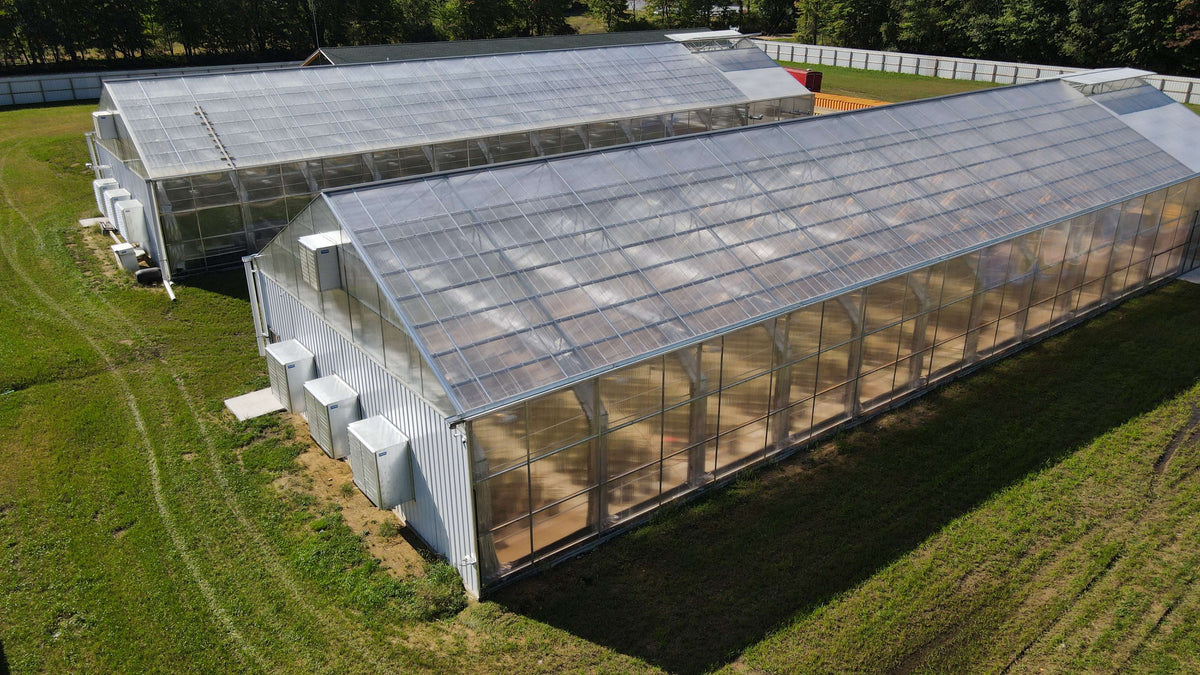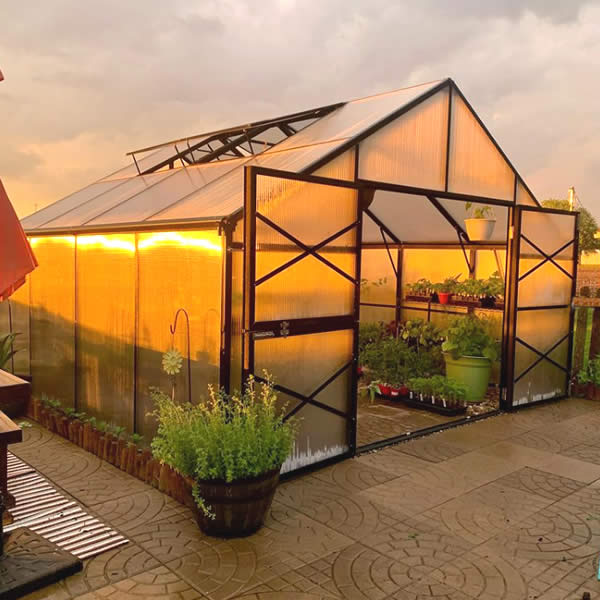Ranch to Table Vision: Monarch Farm Greenhouse Utah Agricultural Marvels
Wiki Article
The Future of Greenhouses: Technologies in Lasting Agriculture
Are you interested regarding the future of greenhouses and exactly how they are reinventing sustainable farming? From innovative climate control systems to vertical farming techniques, water-efficient watering techniques, renewable energy combination, and clever information analytics, these advancements are transforming the means we expand our food.Advanced Climate Control Equipment
To attain optimum expanding conditions, you can depend on the improvements in greenhouses with advanced climate control systems. These systems have actually transformed the way we cultivate crops, giving a controlled atmosphere that contributes to plant development. With these ingenious systems, you can currently manipulate temperature, moisture, light degrees, and even carbon dioxide concentrations to develop the perfect problems for your plants to thrive.Among the vital features of these advanced environment control systems is their capability to manage temperature level. By utilizing sensors and automated controls, the greenhouse can readjust the temperature based on the specific demands of the plants. This makes certain that they are never exposed to severe warmth or chilly, which can be destructive to their growth.
Moisture control is an additional vital element of these systems. By keeping the excellent moisture levels, you can protect against issues such as mold, mold, and disease from influencing your plants. These systems can additionally manage the amount of light that gets to the plants, making certain that they get the ideal amount for photosynthesis.
In addition, advanced climate control systems can even adjust CO2 focus. By enhancing the degrees of CO2 in the greenhouse, you can enhance plant growth and productivity. This is particularly useful in locations with low all-natural CO2 degrees.
Upright Farming Strategies
One crucial upright farming strategy is making use of stacked expanding systems. Monarch Custom Greenhouse Utah. These systems entail setting up plants in numerous layers, vertically stacked on top of each various other. By using upright space, farmers can maximize their crop return without requiring additional land. Stacked growing systems are generally utilized in metropolitan locations where room is limited.One prominent technique is called vertical hydroponics, where plants are grown in nutrient-rich water without soil. This technique is extremely reliable as it reduces water usage by up to 90% contrasted to conventional farming techniques. Furthermore, because the plants are expanded inside, they are shielded from parasites and conditions, decreasing the requirement for pesticides.
Another technique is aeroponics, which involves putting on hold the plant origins in a mist or air environment. This technique permits optimal nutrient absorption and oxygenation, causing faster development and greater returns. Aeroponics likewise utilizes much less water than standard farming and can be executed in vertical systems, making it a preferred selection for upright farming.
Water-efficient Watering Methods
Maximizing water conservation is vital when it concerns implementing water-efficient watering methods in lasting farming. With international water scarcity ending up being a pressing concern, it is crucial to develop ingenious techniques that enhance water usage in greenhouse procedures.One appealing method is drip irrigation, which supplies water directly to the plant origins, reducing waste and dissipation. By briggs and stratton push mower utilizing a network of tubes with tiny emitters, water is applied gradually and precisely, making sure that plants receive the needed moisture without excess overflow.
Another effective method is the usage of dirt wetness sensing units. These devices gauge the moisture material in the dirt and provide real-time data to farmers. By keeping track of the dirt's dampness levels, farmers can accurately figure out when and just how much water to use, avoiding over-irrigation.
Additionally, the implementation of rainwater harvesting systems is gaining appeal in greenhouse agriculture. Gathering rain from rooftops and keeping it in tanks enables farmers to use this all-natural resource for watering purposes, reducing reliance on traditional water resources.
Lastly, the fostering of automated watering systems can significantly enhance water efficiency. These systems utilize sensors to identify soil wetness degrees and weather, adjusting irrigation timetables as necessary. By optimizing water usage based on actual plant requirements, these systems can minimize water waste and advertise lasting farming methods.
Renewable Resource Combination
Sustainable power combination in greenhouses offers a number of advantages, including minimized operating prices and decreased reliance on non-renewable energy sources. The produced power can after that be made use of to run various procedures within the greenhouse, such as home heating, lights, and air flow systems. These generators harness wind power and convert it right into electrical energy, which can be made use of to supplement the power needs of the greenhouse.Smart Information Analytics and Automation
To enhance the performance of your greenhouse procedures and optimize source use, consider executing smart information analytics and automation. Smart information analytics entails gathering and examining data from numerous sensing units and gadgets within your greenhouse.
This can include automating the control of go to the website lights, air flow, irrigation systems, and nutrient distribution. By automating these processes, you can make sure that your plants get the right problems and nutrients at the appropriate time, without the requirement for consistent hand-operated intervention.
Furthermore, wise information analytics and automation can interact synergistically. The information collected by sensors can be utilized to educate computerized systems, allowing them to make real-time modifications based upon the current conditions. This integration of data analytics and automation can cause extra reliable and precise resource appropriation, ultimately leading to greater returns and better crop high quality.
Conclusion
To conclude, the future of greenhouses in sustainable agriculture looks encouraging. With advanced environment control systems, upright farming methods, water-efficient watering approaches, and renewable energy integration, greenhouses are ending up being more environmentally friendly and effective. Additionally, making use of wise data analytics and automation further improves productivity and decreases waste. These advancements are leading the way for an extra lasting and efficient farming sector, making certain a greener and much healthier future for all.
By maximizing water usage based on actual plant requirements, these systems can reduce water waste and advertise sustainable farming methods.

Report this wiki page